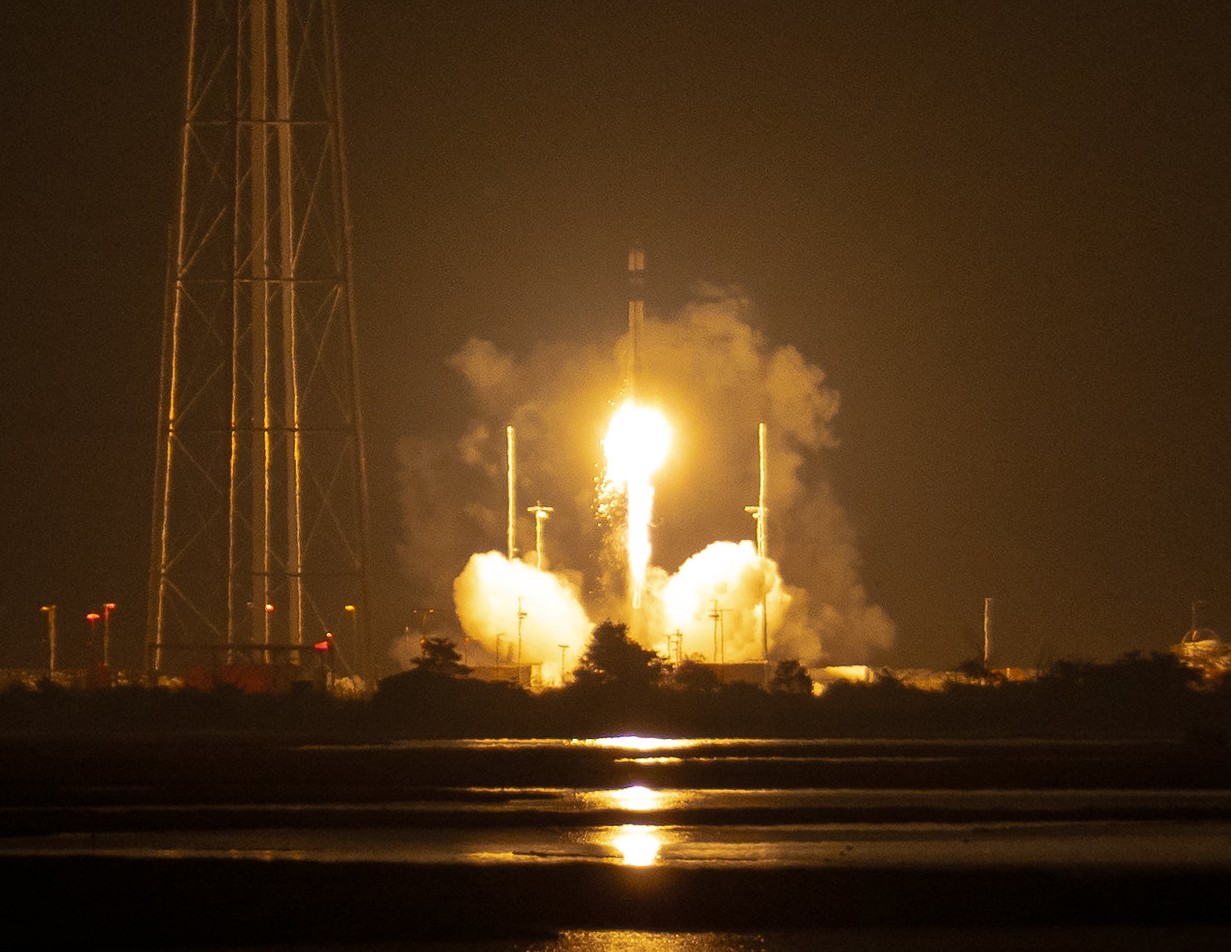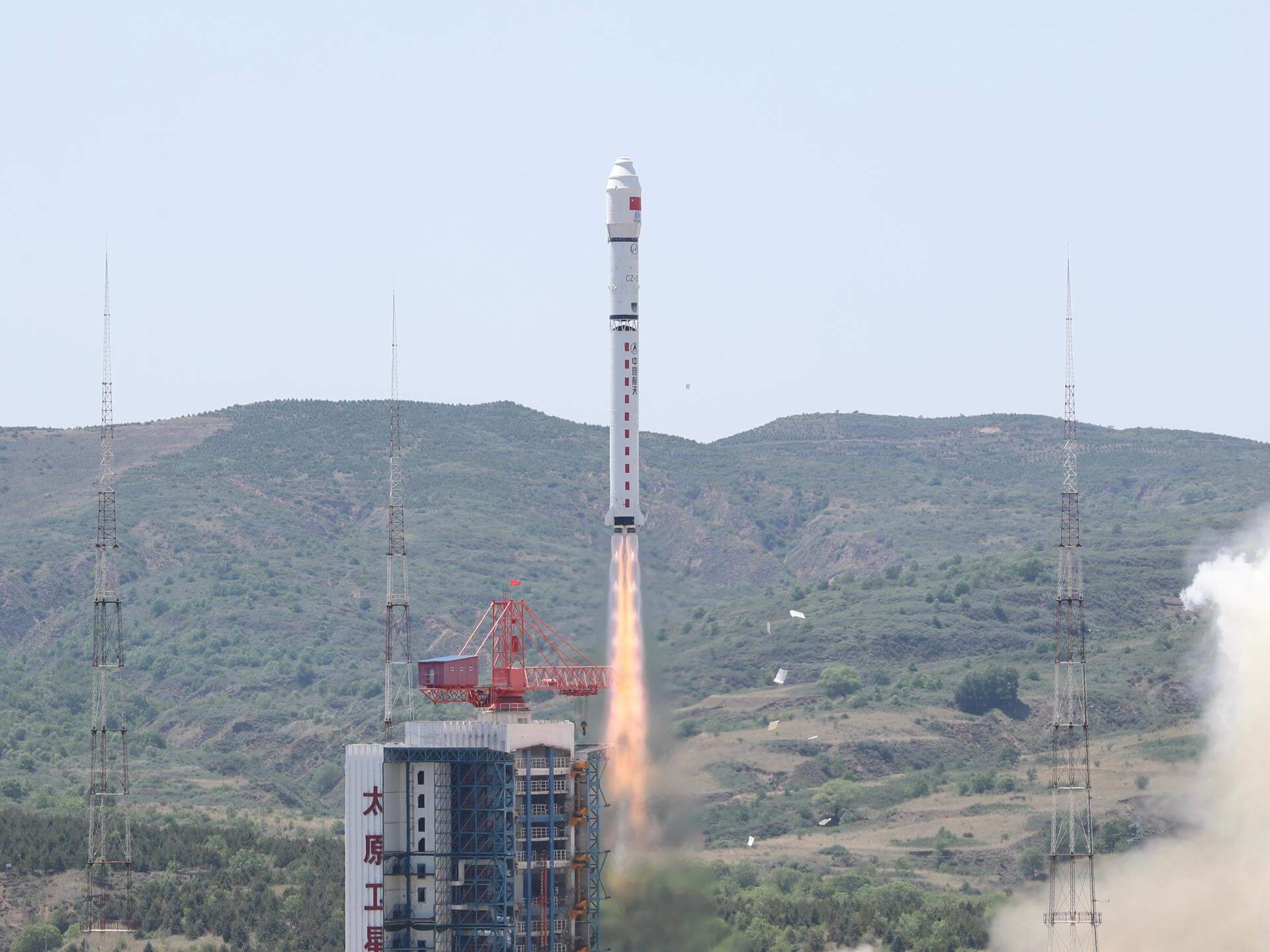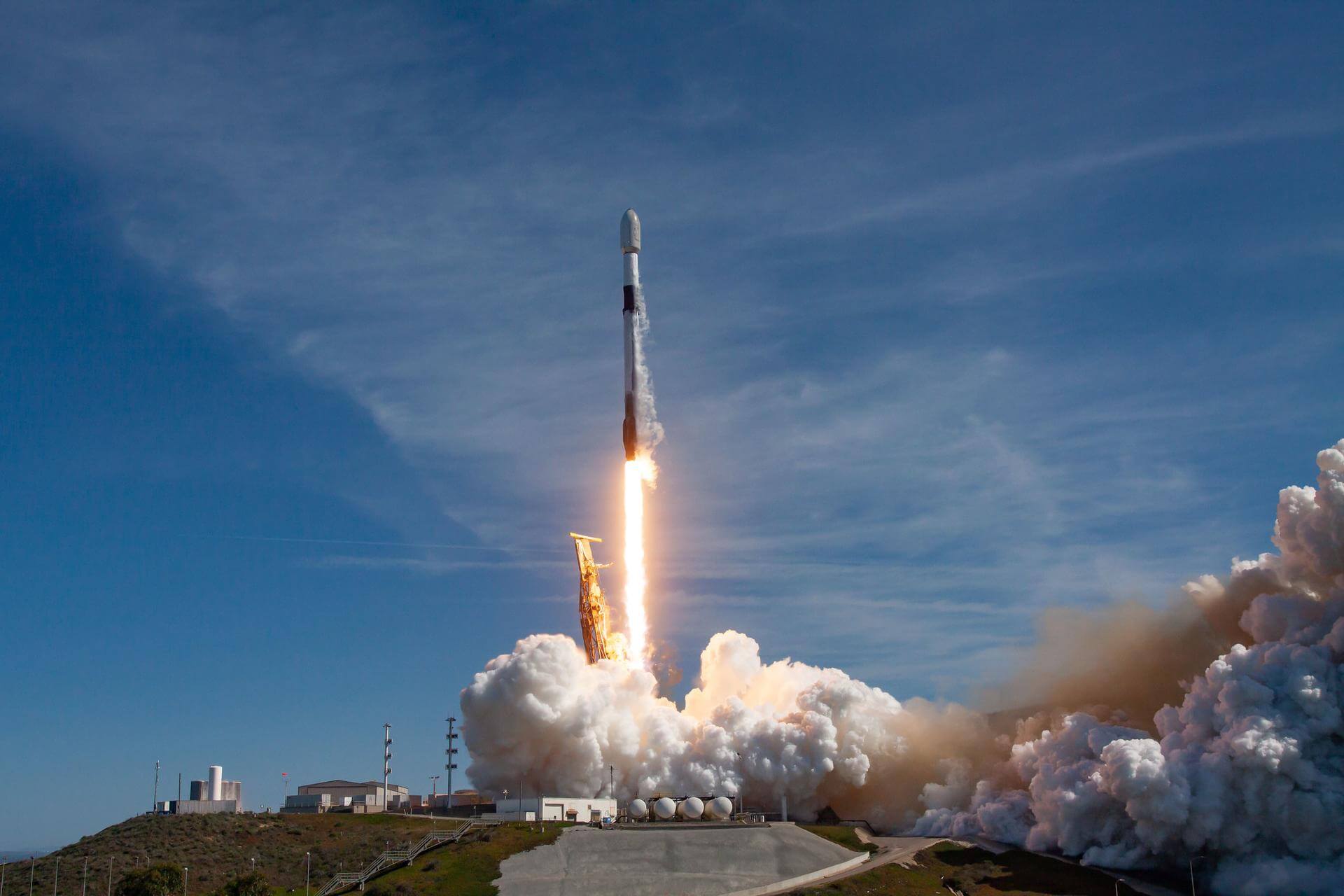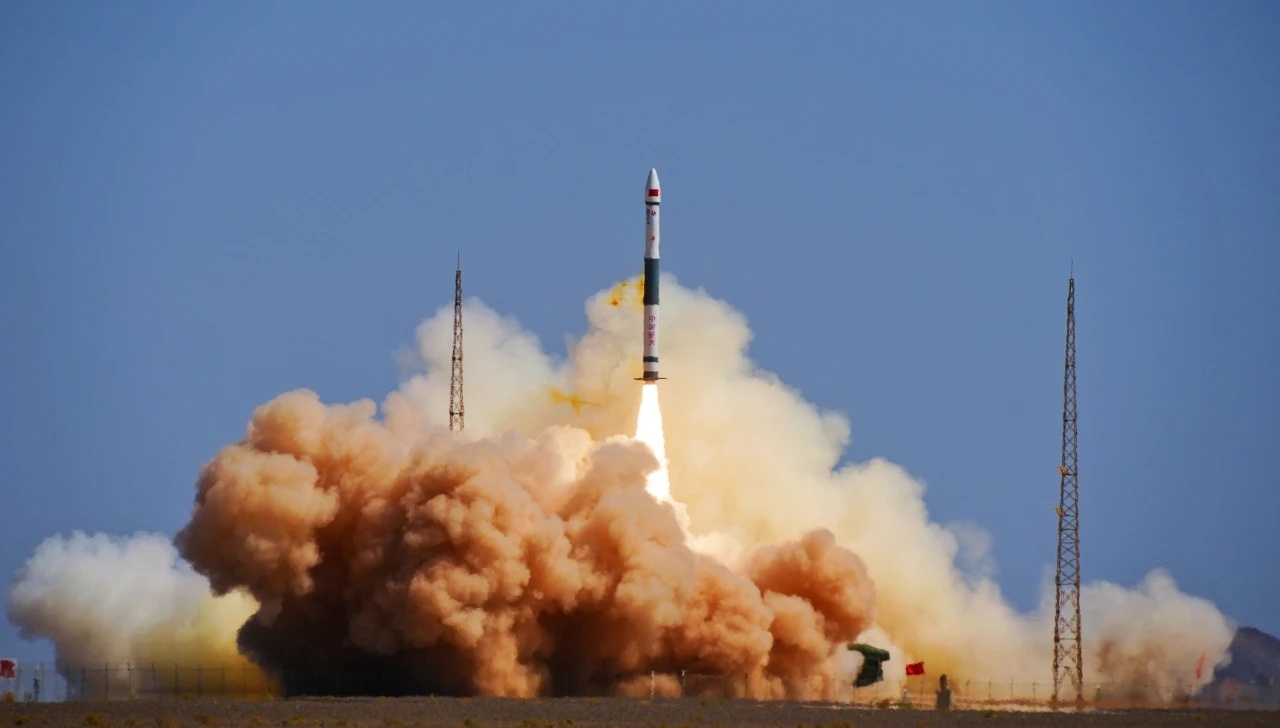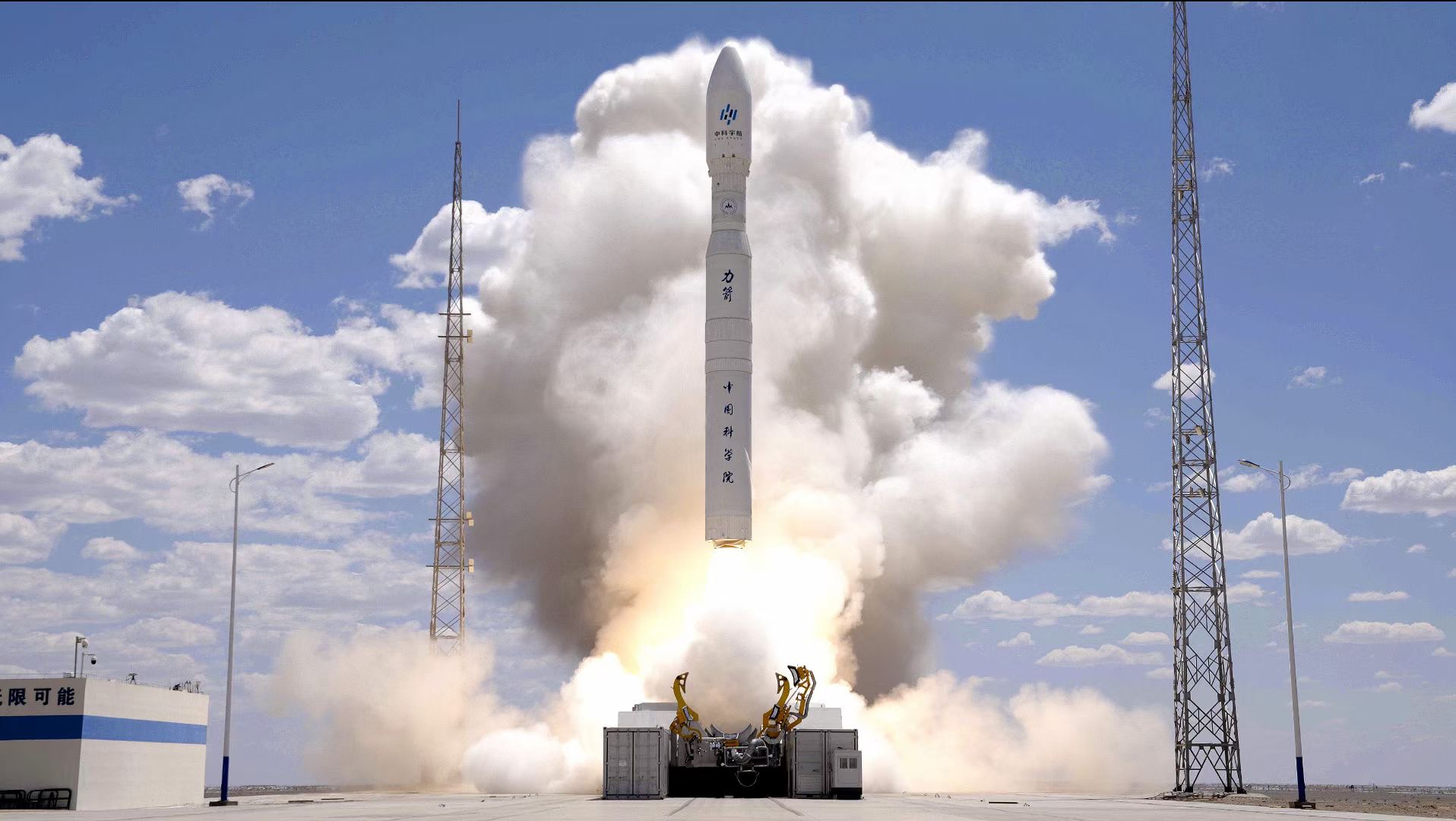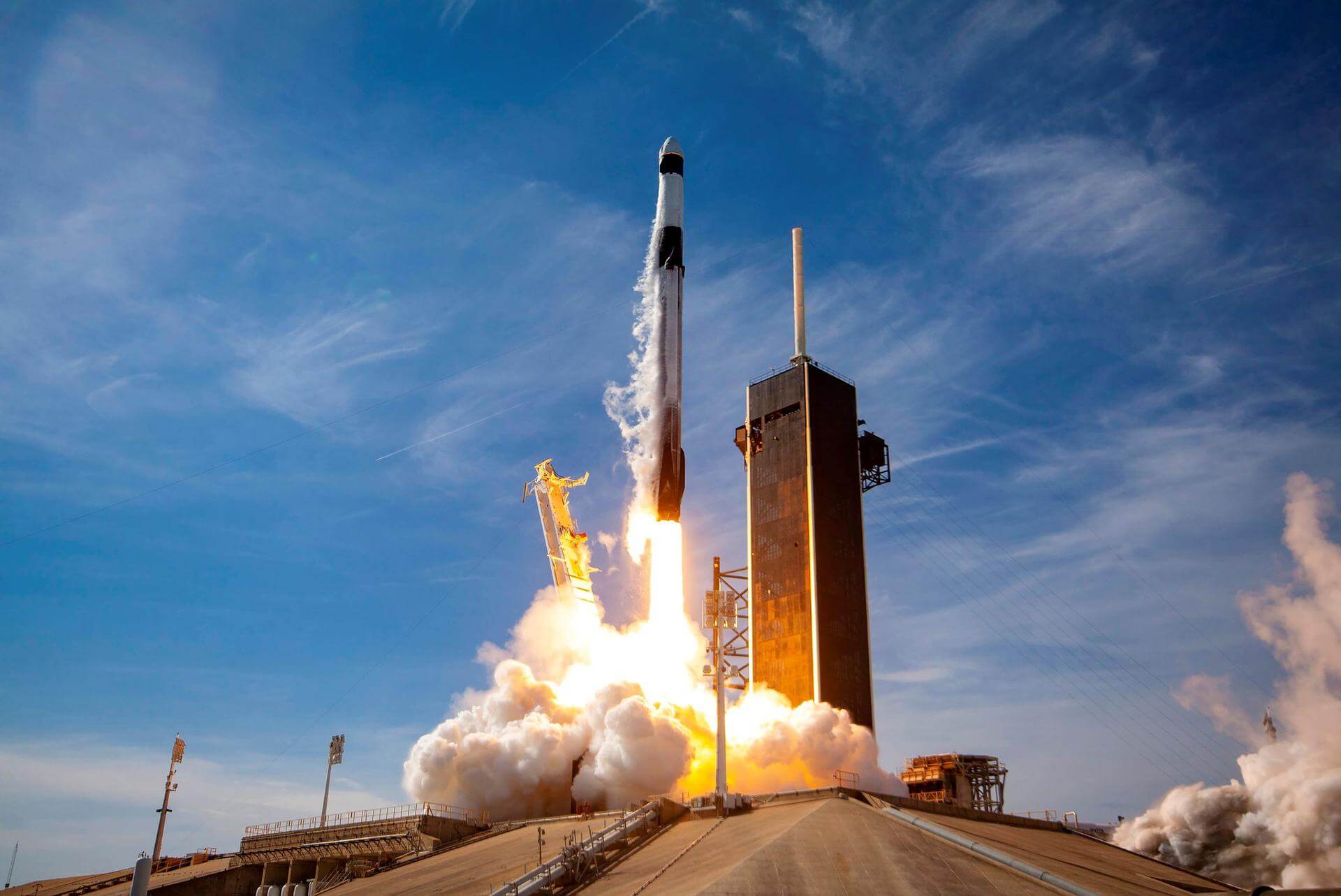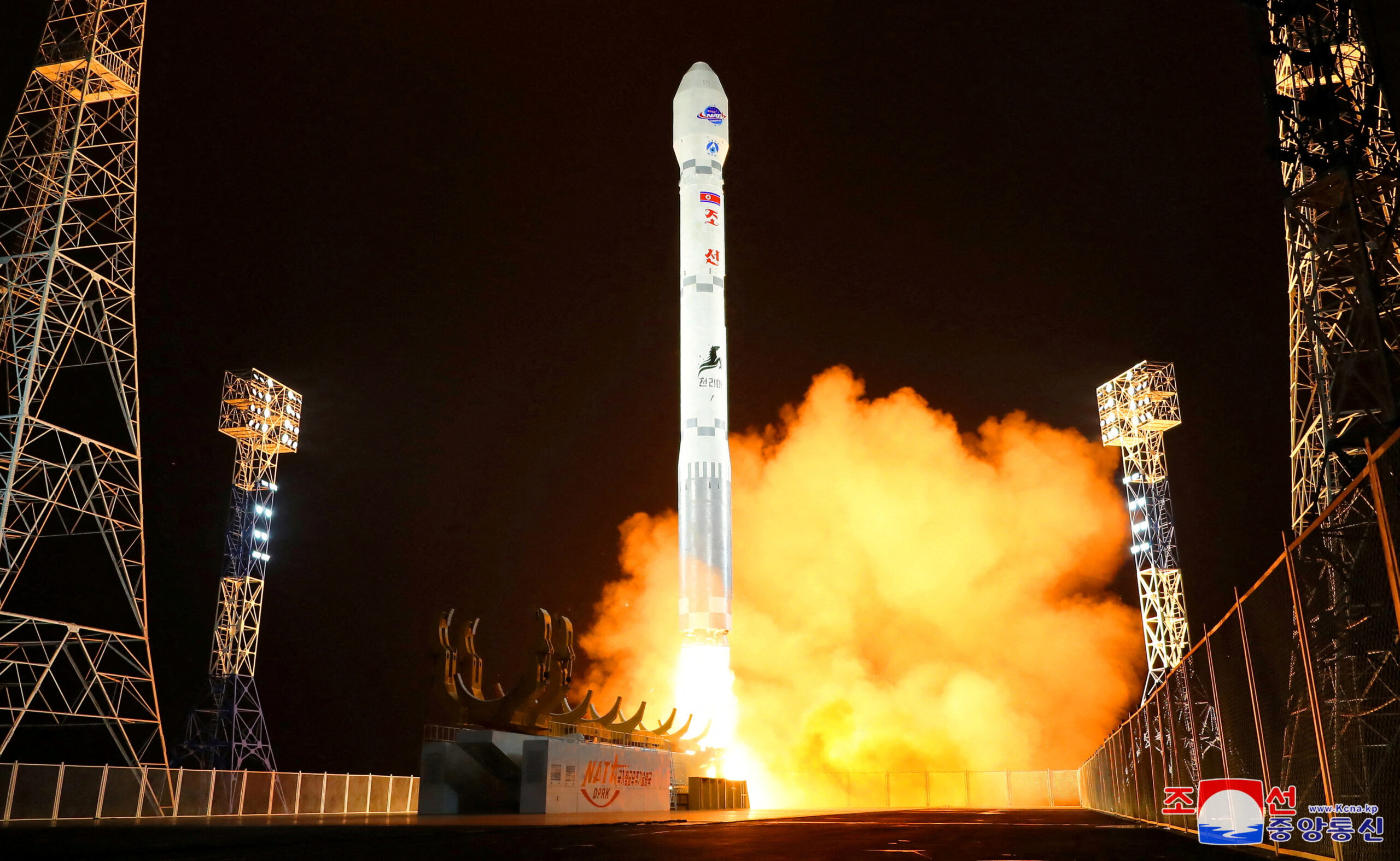Previous Spaceflight Launches
Filter by Agency, Locations or Vehicles
Show All LaunchesHASTE | Scout's Arrow (DYNAMO-A)
Rocket Lab | United States of AmericaWallops Flight Facility, Virginia, USA
June 18, 2023, 1:24 a.m.
Long March 2D | 41 x Jilin-1
China Aerospace Science and Technology Corporation | ChinaTaiyuan Satellite Launch Center, People's Republic of China
June 15, 2023, 5:30 a.m.
Falcon 9 Block 5 | Transporter 8 (Dedicated SSO Rideshare)
SpaceX | United States of AmericaVandenberg SFB, CA, USA
June 12, 2023, 9:35 p.m.
Falcon 9 Block 5 | Starlink Group 5-11
SpaceX | United States of AmericaCape Canaveral SFS, FL, USA
June 12, 2023, 7:10 a.m.
Kuaizhou 1A | Longjiang 3
ExPace | ChinaJiuquan Satellite Launch Center, People's Republic of China
June 9, 2023, 2:35 a.m.
Kinetica 1 | Flight 2
CAS Space | ChinaJiuquan Satellite Launch Center, People's Republic of China
June 7, 2023, 4:10 a.m.
Falcon 9 Block 5 | Dragon CRS-2 SpX-28
SpaceX | United States of AmericaKennedy Space Center, FL, USA
June 5, 2023, 3:47 p.m.
Status: Launch Successful
Mission:
28th commercial resupply services mission to the International Space Station operated by SpaceX. The flight will be conducted under the second Commercial Resupply Services contract with NASA. Cargo Dragon 2 brings supplies and payloads, including critical materials to directly support science and research investigations that occur onboard the orbiting laboratory.
Low Earth Orbit B1077 - Flight Proven ( ) A Shortfall of GravitasFalcon 9 Block 5 | Starlink Group 6-4
SpaceX | United States of AmericaCape Canaveral SFS, FL, USA
June 4, 2023, 12:20 p.m.
Falcon 9 Block 5 | Starlink Group 2-10
SpaceX | United States of AmericaVandenberg SFB, CA, USA
May 31, 2023, 6:02 a.m.
Chollima-1 | Malligyong-1a
Korean Committee of Space Technology | North KoreaSohae Satellite Launching Station, Cholsan County, North Pyongan Province, Democratic People's Republic of Korea
May 30, 2023, 9:27 p.m.
